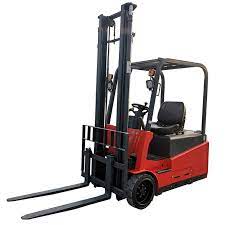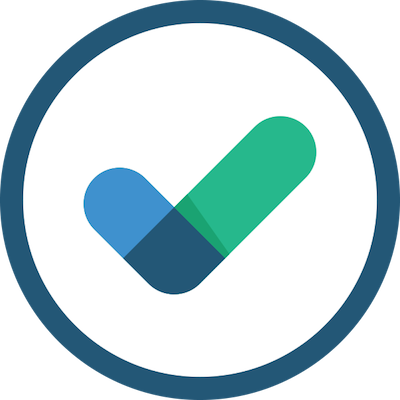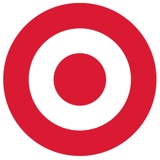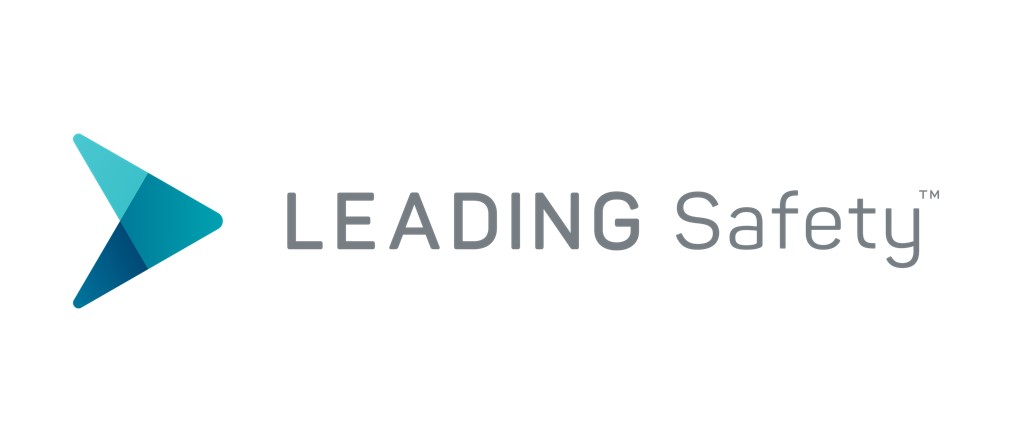Title Page
-
Site conducted
-
Conducted on
-
Prepared by
3 Wheel Forklift Maintenance Checklist
Before Starting Maintenance Work:
-
Check the forklift truck if necessary.
-
Check the time and date settings on the display unit; adjust if necessary.
-
Check for error codes on diagnostic software and delete.
-
Calibrate the potentiometer and joysticks.
Gearbox
-
Check weather the gearbox is leaking.
-
Check the drive axle and gearbox fastenings.
-
Check the traction motor, the power steering and working hydraulic pump motor.
Functions and Controls
-
Check alarm system functions.
-
Check parking brake functions.
-
Check the emergency switch functions.
-
Check the steering wheel funtions.
-
Check the cables for damage and if the terminals are secure.
-
Check the seat switch functions.
-
Check and tighten the controllers and contractors.
-
Check accelerator pedal functions.
-
Check fault information records and operating hours.
Power Supply and Drive System
-
Check the battery cables for damage and replace if necessary.
-
Check the battery charge connector.
-
Check if the cable connections between battery monomers are secure, apply some grease to electrodes if necessary.
-
Check battery temperature.
-
Check battery locking mechanism
-
Check and tighten motor mounting bolts.
-
Check the connections of motor connectors.
-
Check the position of various bearings for noise.
-
Check the gear oil level.
-
Clean or replace the gear oil.
-
Check the gearbox for abnormal noise or leaks.
-
Check the drive wheel and steering wheel for wear or damage.
-
Check and lubricate the wheel bearings.
-
Check the travel speed.
Frame and Installation
-
Chassis, tilt cylinders and steering axle: check fastening.
-
Check the counterweight, motors, chassis, speed reduction gearbox, overhead guard and steering axle fastenings.
-
Lubricate the overhead guard spin shaft.
-
Check and lubricate the other pins and swivel points.
-
Check the condition of the antistatic belt.
Chassis Frame
-
Check for correct operation of the parking brake and readjust if necessary.
-
(As required) Check wheel fastenings and tighten if necessary (after each maintenance or repair, at the latest after 100 hours).
-
(As required) Wheel change.
-
Check the release of the multi-disk brake for the towing procedure: press the brake lever at the brake valve several times.
-
Check/lubricate the steering axle.
-
Check the chassis for crakes or damages.
Operating Devices
-
Check the joystick pad.
-
Checking and lubricating the pedal mechanism.
-
Check the horn for correct funtion.
Mast System
-
Clean and lubricate the rolling surface of lift mast lift mast column with grease.
-
Check the tilt cylinder bearing (particularly for any abnormal sounds when tilting forward or backward) for wear and clean.
-
Check and lubricate the chains.
-
Check and adjust the lifting chains.
-
Adjust the length of the lift chains, and lubricate using chain spray.
Hydraulics
-
Check the cylinders for leaks.
-
Check the leak resistance of the working and steering hydraulic systems.
-
Check the hydraulic oil level.
-
Clean or replace the hydraulic oil.
-
Replace the air, pressure and suction filters.
Braking System
-
Check for air in the brake lines for brake pedal.
-
Check the brake fluid level.
-
Check Pedal stroke for brake pedal.
-
Check braking is safe and reliable, stroke is sufficient for handbrake operation.
-
Check the brake pump and piping connections for leaks.
-
Check Rods, cables, etc. Loose connections.
-
Check Master cylinder, wheel cylinder leakage and damage.
Other
-
Check if the signs are clear and complete
-
Carry out a functional test and test drive.
-
Attach the maintenance sticker.
-
Check the connections of bolts and nuts.
-
Check the engine hood and lubricate the hinges.













